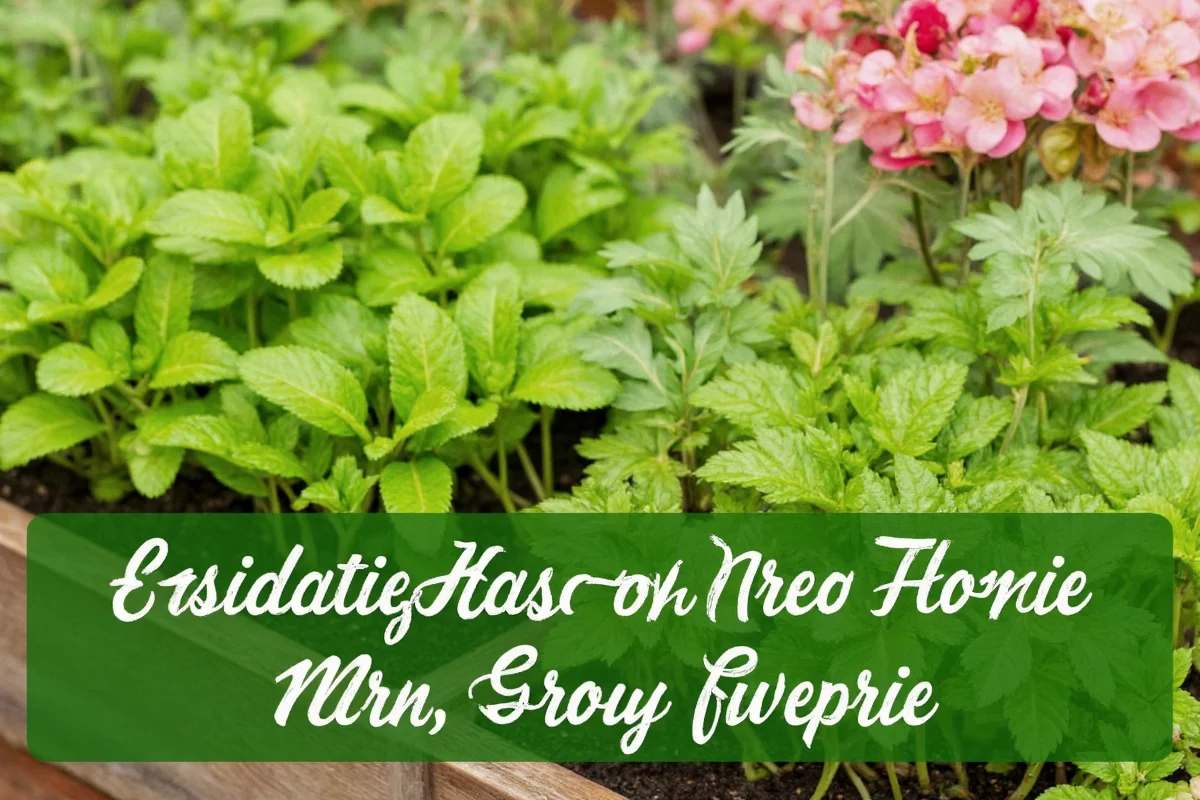Desert plants bring unique beauty and resilience to landscaping designs, offering a sustainable option for water-conservation enthusiasts and those desiring a low-maintenance garden. Their ability to thrive in arid environments makes them indispensable in areas prone to drought. This article delves into the intricacies of caring for desert plants, ensuring your landscape remains vibrant and sustainable. Explore optimal plant selection, watering strategies, soil preparation, sunlight requirements, and maintenance tips to cultivate a robust desert garden.
Selecting the Right Desert Plants
Choosing the perfect desert plants for your landscape is the first step towards successful gardening. Varieties like succulents, cacti, and drought-resistant shrubs not only tolerate arid conditions but also offer aesthetic diversity to your garden.- Consider low-water requirement plants, such as Agave, Aloe Vera, and Yucca.
- Opt for native species as they are naturally adapted to the local climate.
- Incorporate a mix of heights and textures to create visual interest.
- Research each plant’s specific growing needs to ensure compatibility with your garden's conditions.
- Use flowering desert plants like Desert Marigold or Coral Bells for pops of color.
Watering Strategies for Desert Plants
Effective watering is crucial for desert landscaping. Overwatering is a common mistake that can lead to root rot and other issues. Understanding your plants’ drought-tolerance capabilities plays a significant role in their management.- Utilize drip irrigation systems to deliver water directly to the plant’s roots.
- Water early in the morning or late evening to minimize evaporation.
- Adopt a deep and infrequent watering routine, encouraging roots to grow deeper into the soil.
- Mulch around the plants to retain moisture and regulate temperature.
- Observe plants for signs of over or underwatering, adjusting schedules accordingly.
Preparing the Soil for Desert Landscaping
Preparing the right soil environment is crucial when designing a desert landscape. The soil quality directly affects how well the plants absorb water and nutrients, impacting their overall growth.- Ensure the soil is well-drained and sandy, typical of desert environments.
- Amend heavy clay soils with sand and organic matter to enhance drainage.
- Incorporate gravel or crushed stones to help aerate the soil structure.
- Test soil pH; most desert plants prefer slightly acidic to neutral conditions.
- Regularly check and adjust soil composition to maintain fertility without oversaturation.
Understanding Sunlight Needs
Desert plants typically thrive under full sun but understanding each species’ specific light requirements can optimize growth. It's essential to position your plants correctly to ensure they receive adequate sunlight.- Position sun-loving plants such as Cacti and Succulents in areas that receive direct sunlight.
- Use shade-tolerant plants for areas with partial sunlight exposure, like the Ghost Plant or some ferns.
- Consider sun patterns and seasonal changes when planning plant placement.
- Monitor plants for sunburn signs during excessive heat, providing temporary shade as needed.
- Ensure newly planted succulents gradually acclimate to intense sun exposure.
Maintenance Tips for Desert Landscapes
Despite being low-maintenance, desert landscapes require periodic attention to remain in top condition, fostering a thriving environment for your plants.- Regularly prune dead or damaged leaves to encourage new growth.
- Apply fertilizers sparingly, as desert plants generally thrive with minimal nutrients.
- Check for pests, and employ natural pest control measures when necessary.
- Weed regularly to prevent competition for resources.
- Use gravel or rocks as ground cover to minimize soil erosion and weeds.
In conclusion, desert plant landscaping offers a unique blend of beauty and sustainability. By carefully selecting hardy plant varieties, employing water-efficient methods, preparing suitable soil, understanding light needs, and maintaining your garden, you can create a stunning landscape that thrives in minimal conditions. With these guidelines, your desert garden will flourish, creating a serene and foundational retreat that withstands the test of time and climate.











 浙公网安备
33010002000092号
浙公网安备
33010002000092号 浙B2-20120091-4
浙B2-20120091-4